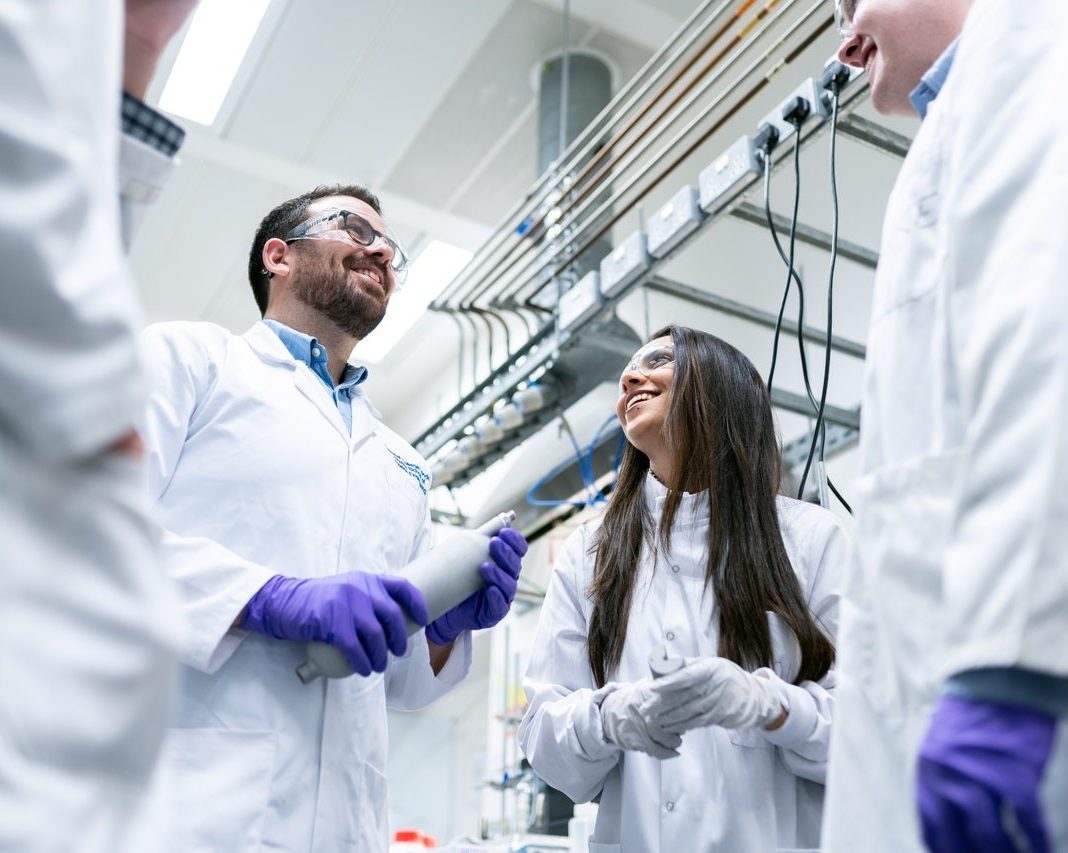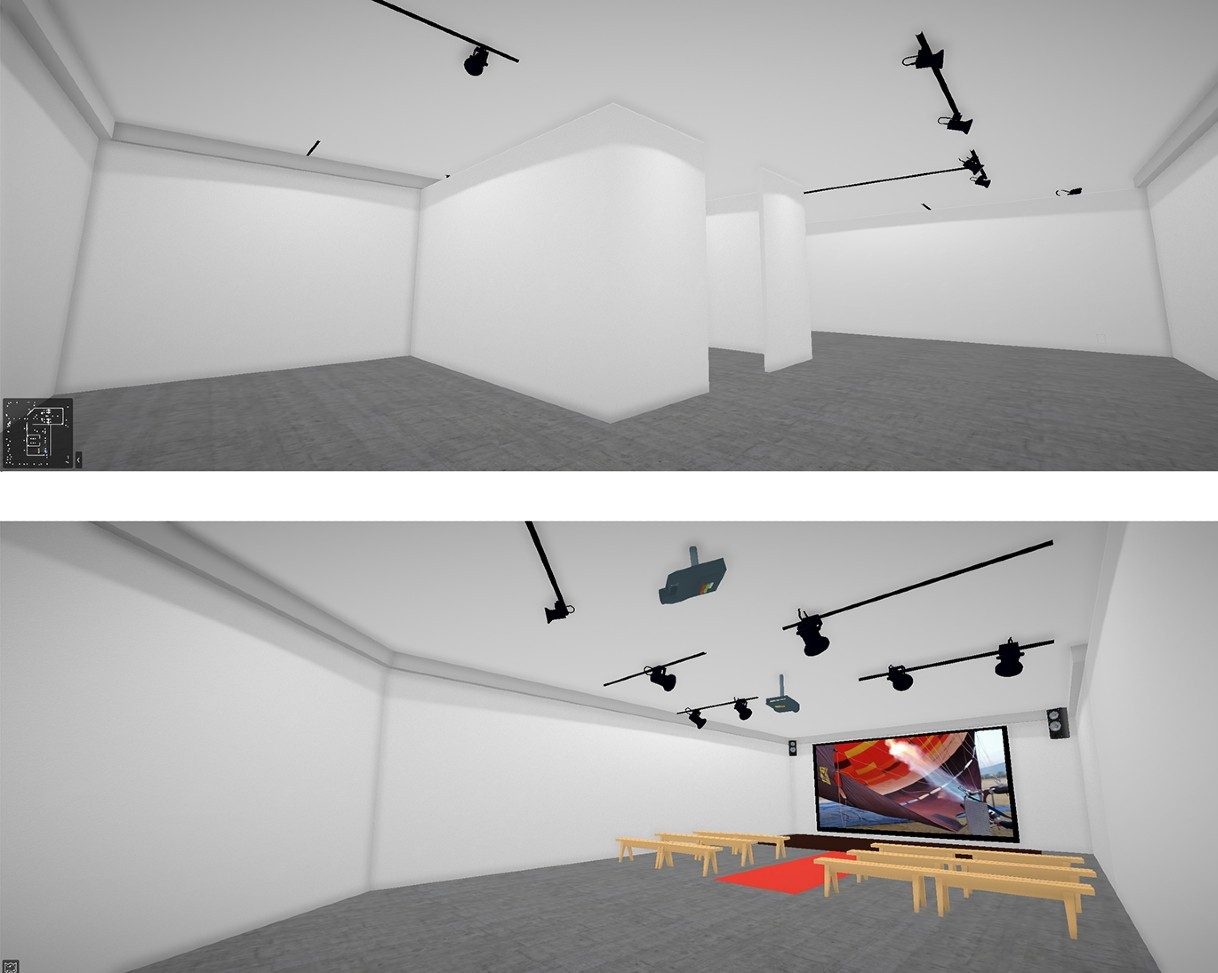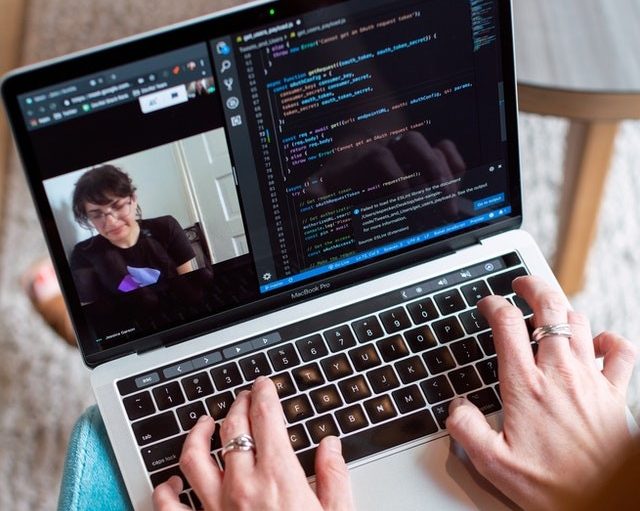Digital teaching
Integrating educational technologies to enhance student learning and solve pedagogical challenges. Keep reading for novel approaches in digital teaching.

Photo by Ketut Subiyanto from Pexels
eAssessment Platform
Monash University, Australia
An in-house online exam platform and remote eVigilation platform to conduct exams fully online while "maintaining academic integrity at scale".
- Supports high-integrity exams by integrating several built-in security and authentication measures.
- Includes a security feature to digitally tag exams to prevent them from being shared.
- Allows students to write their exams from a designated spot on-campus using their own device or one borrowed from the university.
- Includes multi-factor authentication, invigilation, and IT support.

Photo by ThisIsEngineering from Pexels
LabXchange™ – Science and Learning Connected
Harvard University, USA
“An open online platform for learning and engaging with science” with the purpose of making science more accessible to learners, educators, and researchers from around the world.
- Offers a reusable library of created and curated digital content from a variety of sources, including videos, assessments, simulations, and readings.
- Allows users to create and share “customized learning pathways” by assembling learning assets available in the library.
- Offers virtual experiments and interactive simulations to discover a range of scientific methods.

Tempo — Teaching, Making and Performing Online
Concordia University
A collaborative initiative from the Faculty of Fine Arts and the Centre for Teaching and Learning to provide pedagogical and technological support to faculty who teach making and performing online.
- Offers instructors access to a range of innovative techniques to design engaging and collaborative online learning experiences for performance-based courses.
- Includes a virtual gallery space — The TEMPO Critique Gallery, which instructors can use to host class critiques.
- Offers instructors recommendations for innovative teaching approaches, demonstrations of online platforms and a resource library curated with a “collection of examples of creative approaches to using online platforms for teaching, performing, and artmaking”.

Photo by Edward Jenner from Pexels
BioSpine: An Adaptive and Active Learning Approach to a Biology Degree
Arizona State University, USA
A School of Life Sciences initiative to “develop, implement, and evaluate an integrated undergraduate curriculum in the biological sciences”.
- Provides a personalized learning experience to students by leveraging adaptive courseware to respond to their learning needs and provide support and direction when they require it.
- Aligns and integrates the curriculum, content and assessment of core and elective courses of the biology degree into an adaptive-learning platform.

Photo by ThisIsEngineering from Pexels
Building a Collaborative Learning Community to Increase Student Engagement in Large STEM Class
University of New South Wales (UNSW), Australia
A professor-led initiative in an Engineering class to “build a collaborative platform for learning where 500 students work together as a team” using a suite of Microsoft applications and Artificial Intelligence (AI).
- Shifts the students’ learning experience from passively consuming digital resources to collaboratively contributing content, such as handwritten engineering calculations, diagrams, etc., to the learning platform.
- Leverages data analytics and AI to scan student conversations, notify TAs, answer student questions, track and predict student performance in dashboards and generate personalized study packs.
- Increased students’ sense of belonging to a learning community and their course satisfaction from 74% to 99% in 4 years, as reported in course surveys.

Photo by cottonbro from Pexels
PALMS: Pedagogic & Active Learning Mobile Solutions Project
The Hong Kong Polytechnic University (PolyU)
A collaboration between PolyU and three other universities in Hong Kong to develop mobile learning solutions to improve teaching and learning in STEM education.
- Supports a wider adoption of active learning pedagogies among Hong Kong STEM instructors.
- Increases “student-teacher and student-student engagement inside and outside of the classroom”.
- Evaluates the impact of active learning strategies on student learning outcomes and publishes peer-reviewed journal publications.

Photo by Engin Akyurt from Pexels
3D Digital Cadavers to Supplement Laboratory Learning in an Anatomy and Physiology Course
Griffith University, Australia
A project that saw the “development and implementation of 3D digital cadavers to enhance student learning, online engagement, and success in a foundation first-year health Anatomy and Physiology course”.
- Allows students enrolled in large class sizes and limited individual laboratory time to access online 2D and 3D cadaveric specimens, laboratory resources, revision tools and summative assessments to enhance their learning.
- Improves students’ performance in laboratory exams by allowing them to review complex material and prepare for the exams anytime and anywhere.

Photo by Matilda Wormwood from Pexels
Digital Pedagogy Lab (DPL)
University of Colorado Denver, USA
“An international professional development gathering for educators committed to issues of diversity, equity, inclusion, critical digital pedagogy, and imagining a new future for education.” Participants register to online events to join discussions, collaborate on projects, and learn together with DPL faculty.
- Educators join a small online cohort for an entire week to connect and collaborate with other educators on projects related to a specific subject.
- Offers different tracks for learning such as Critical Digital Pedagogy, Inclusive Design and Design Justice, Pedagogies of Care, STEM: Critical, Socially Just & Open Pedagogies, etc.
For more information, contact
The Advisory Committee on Teaching and Learning (ACTL) wants to hear from you.